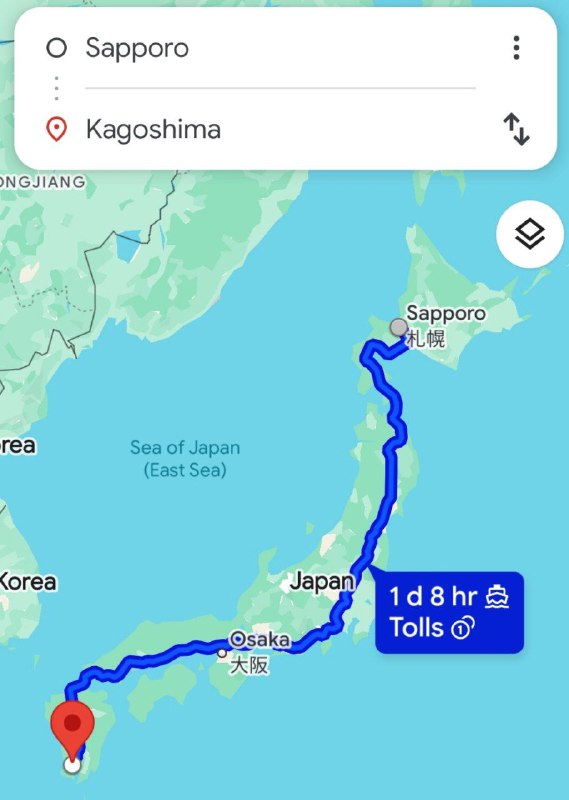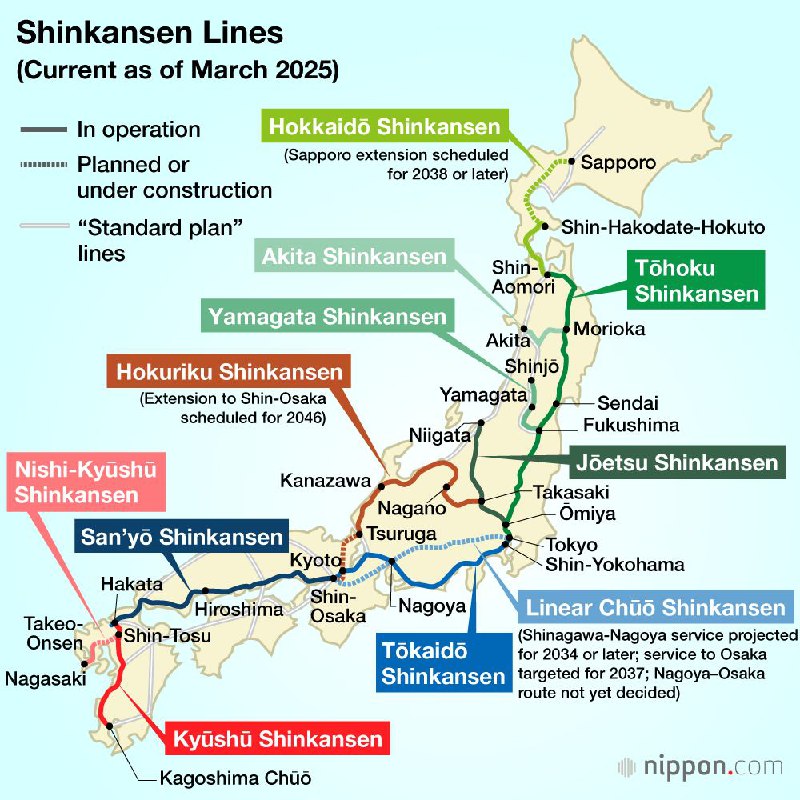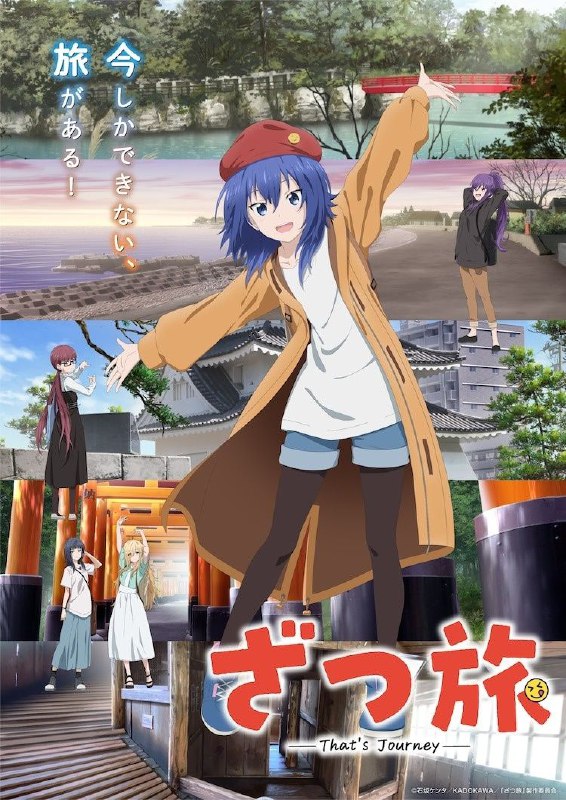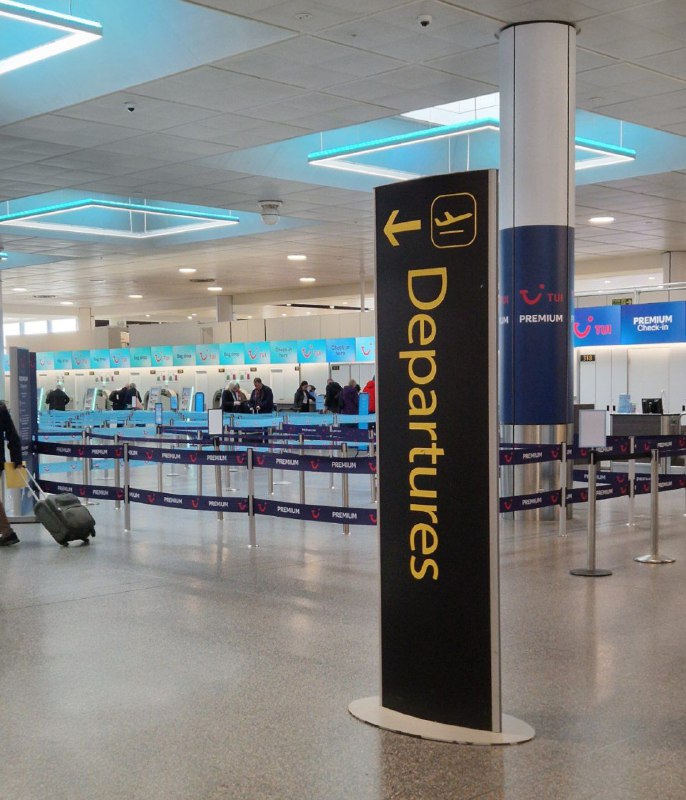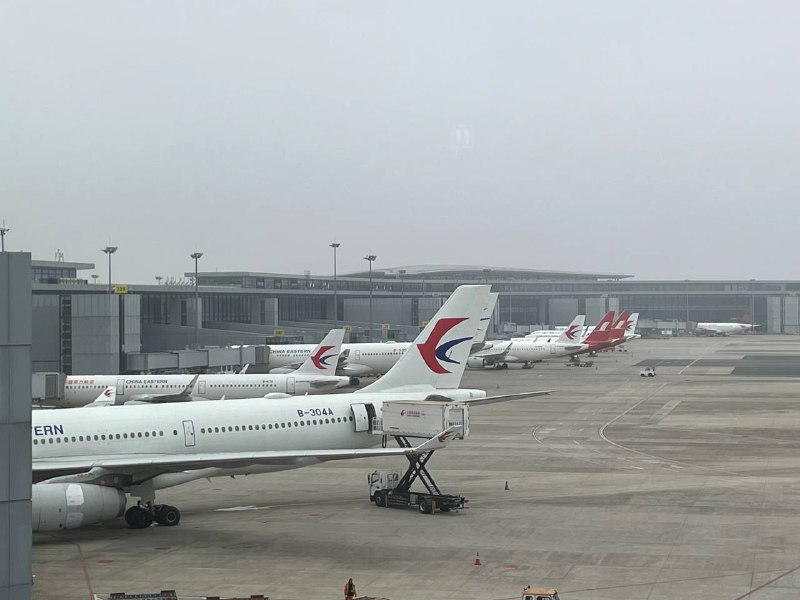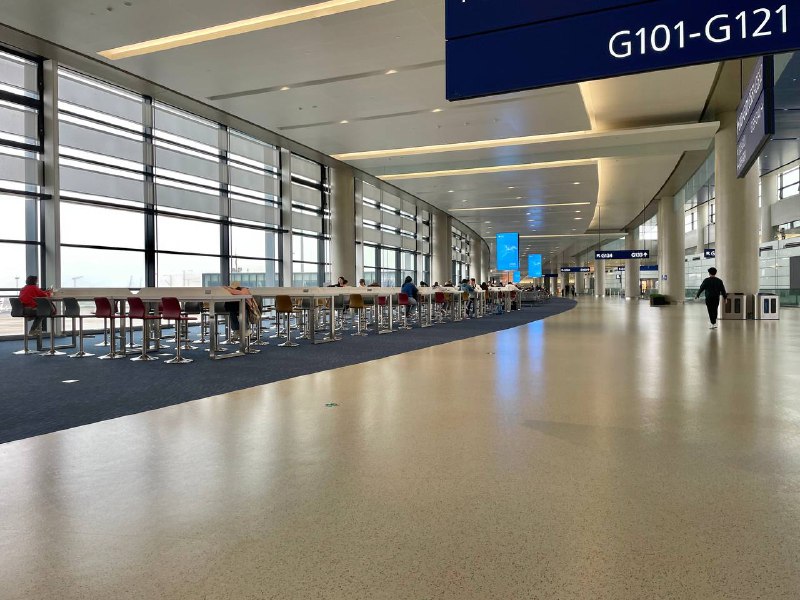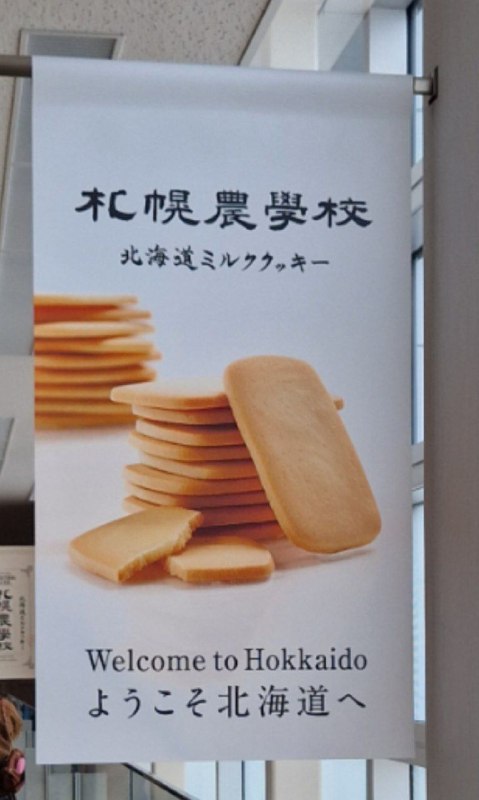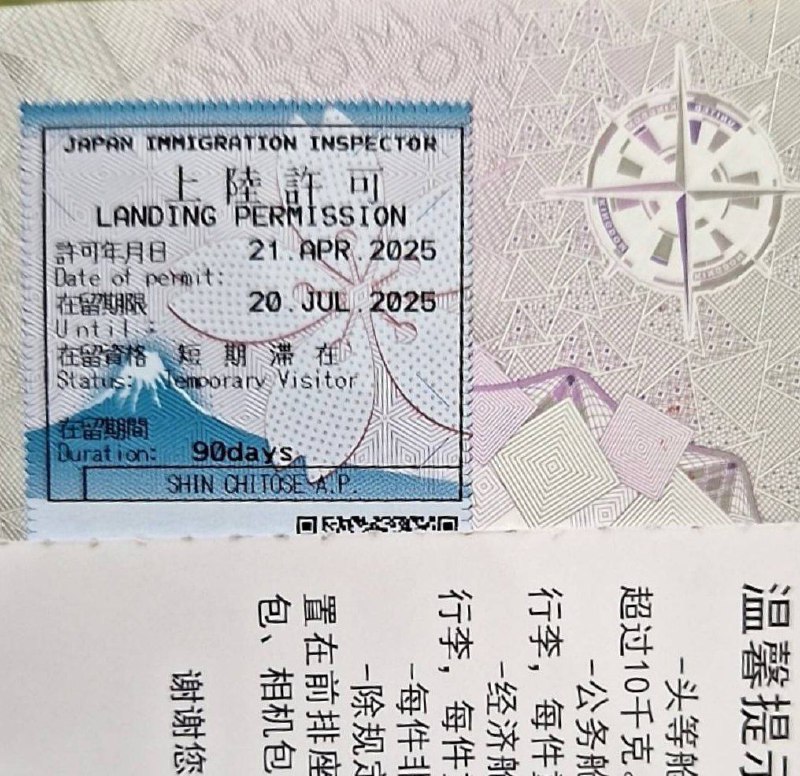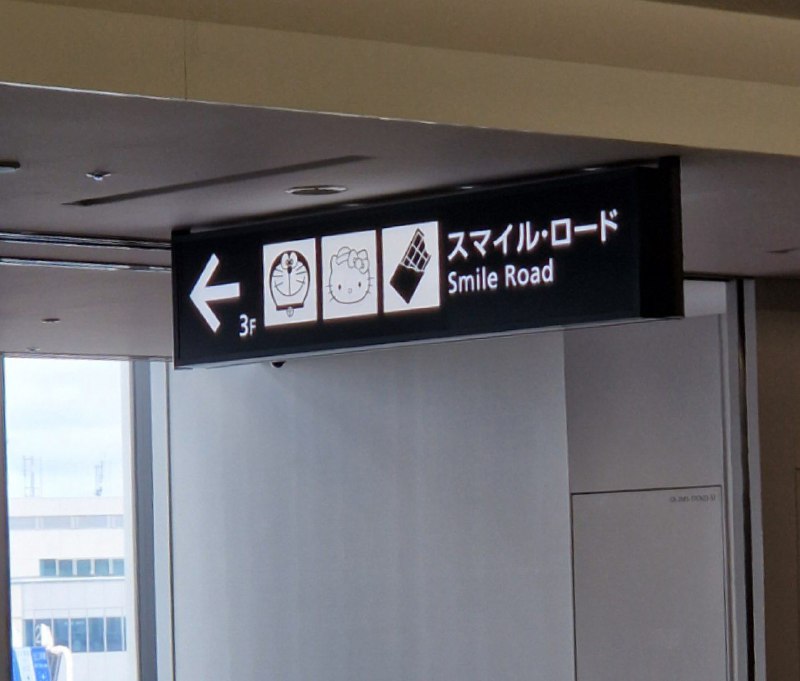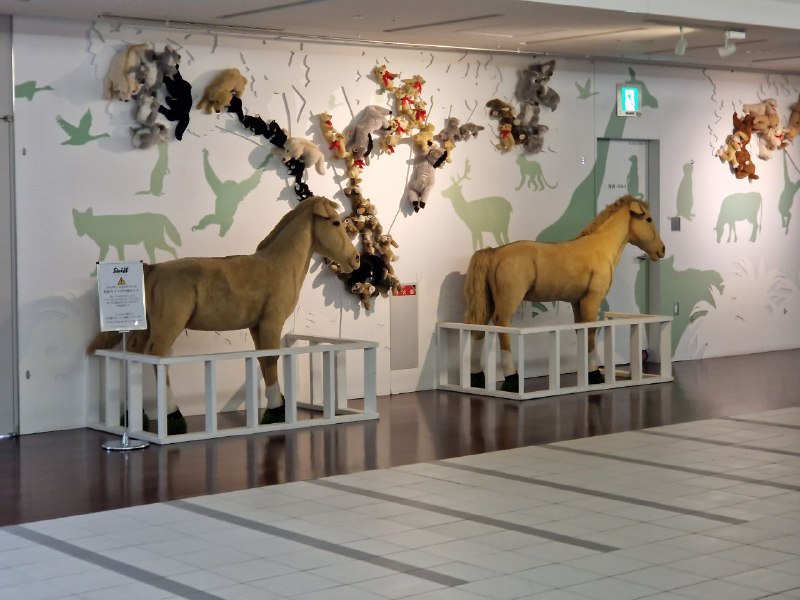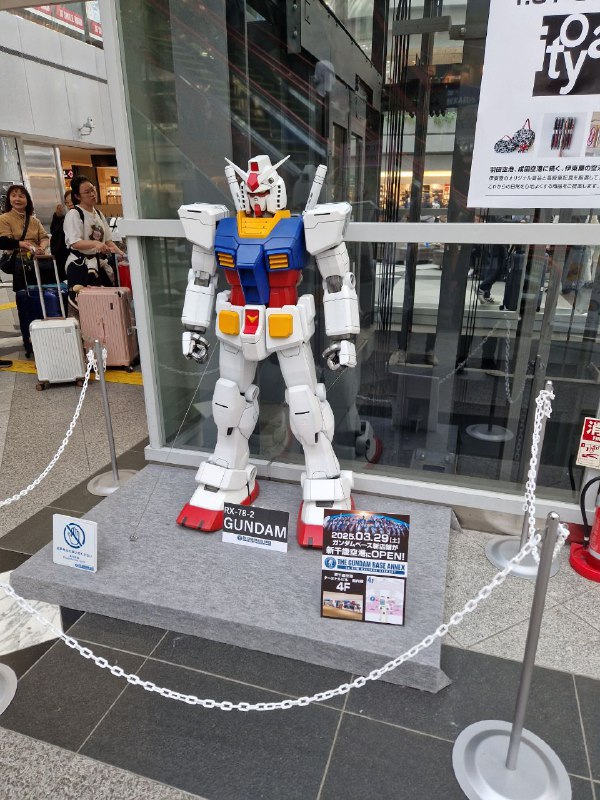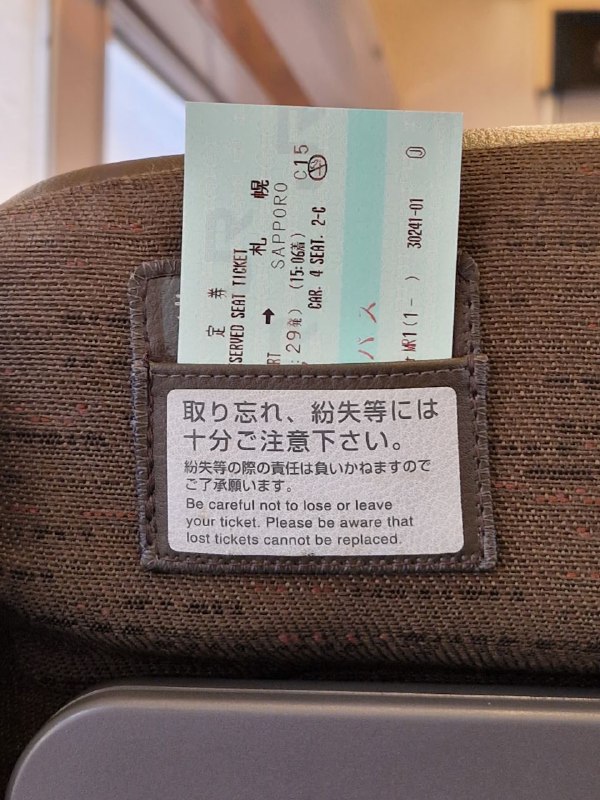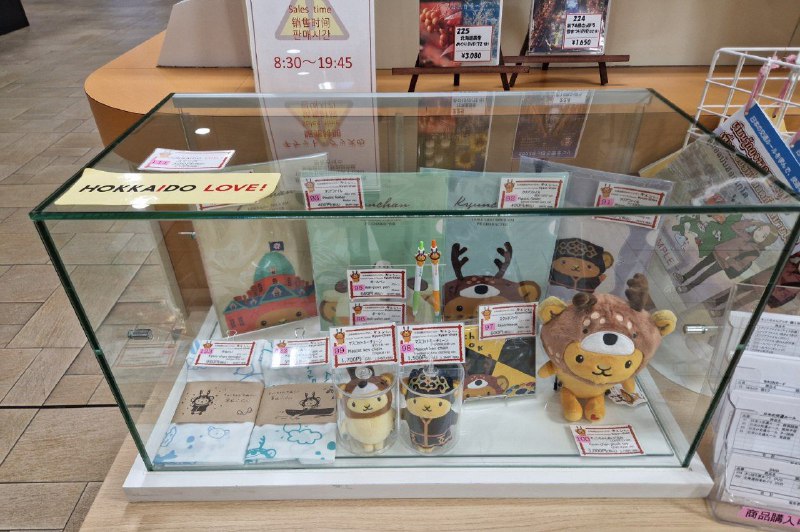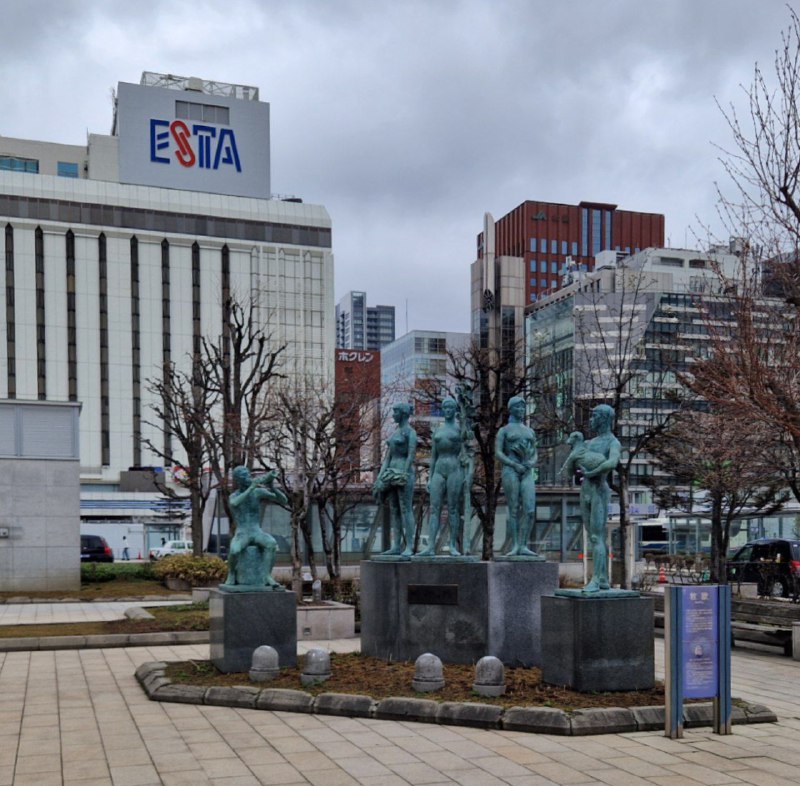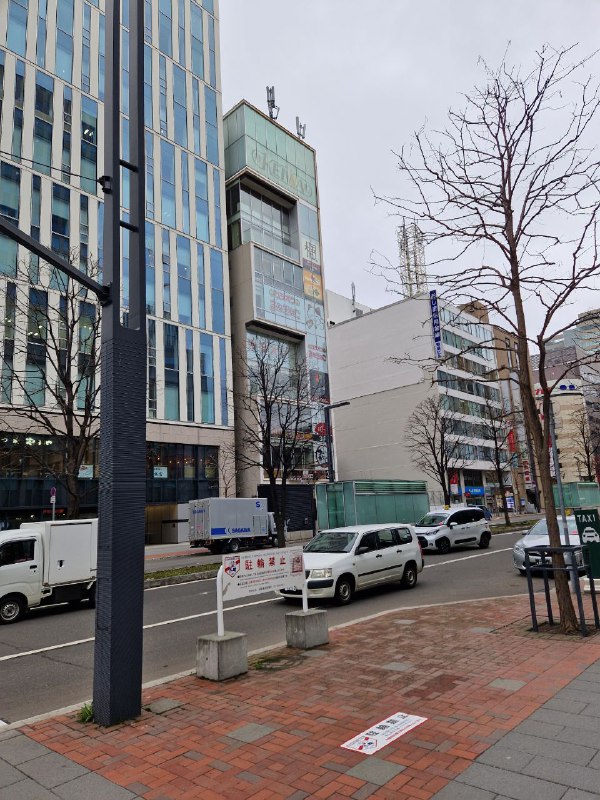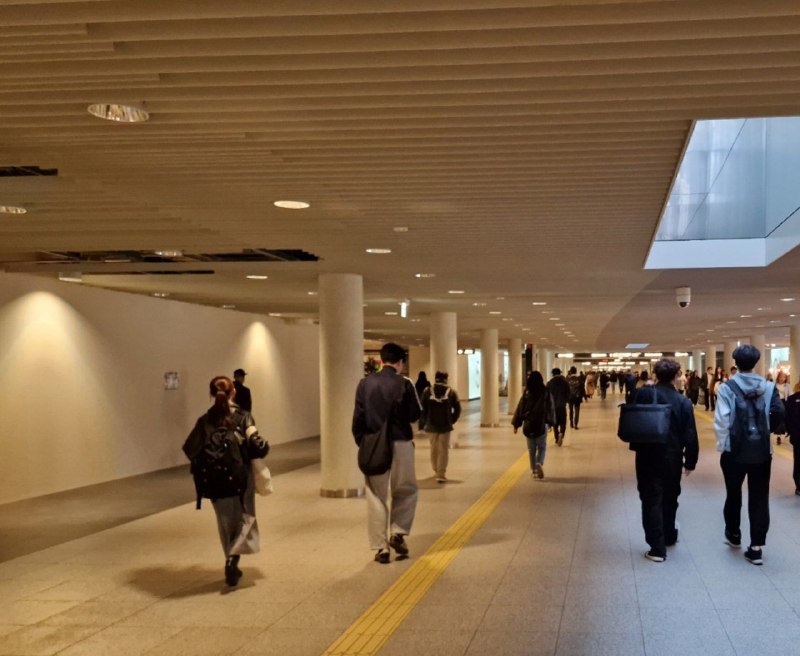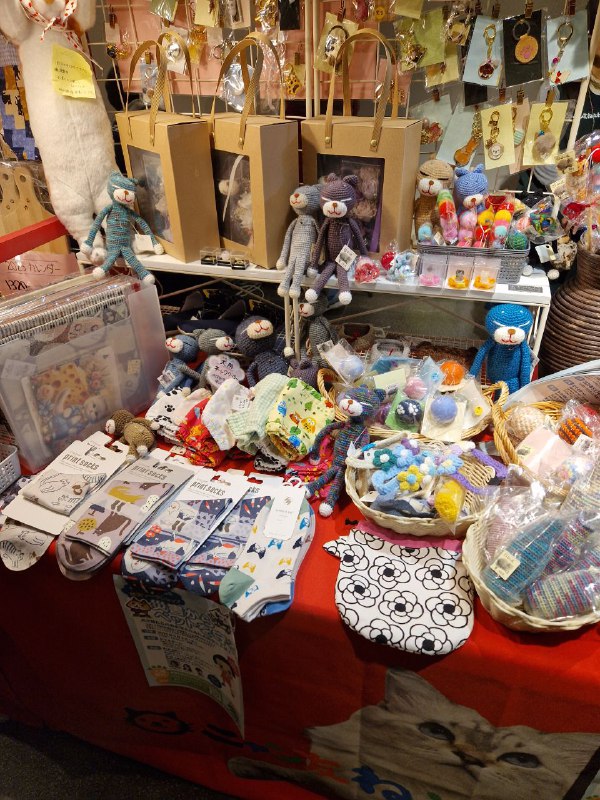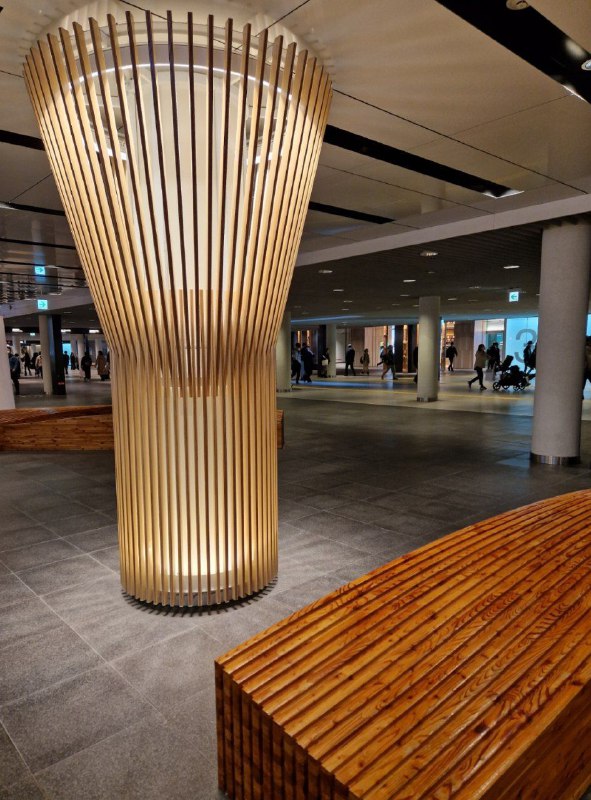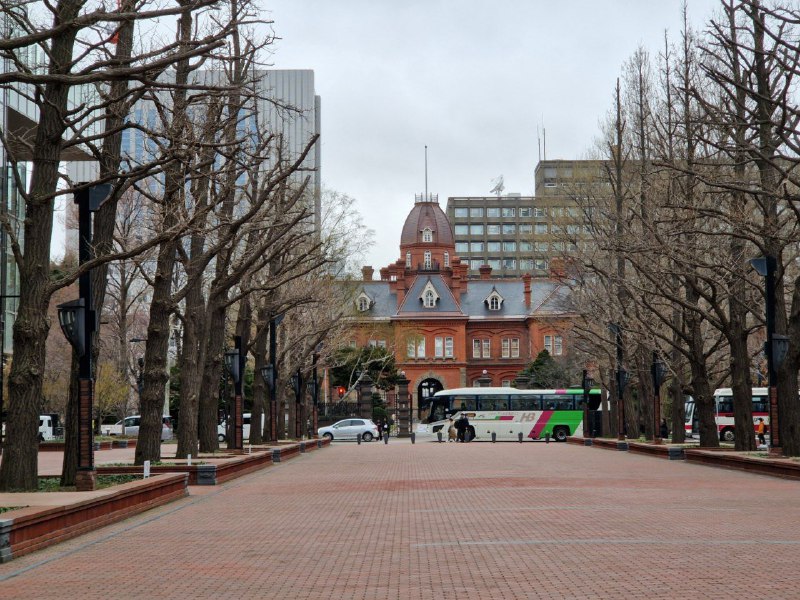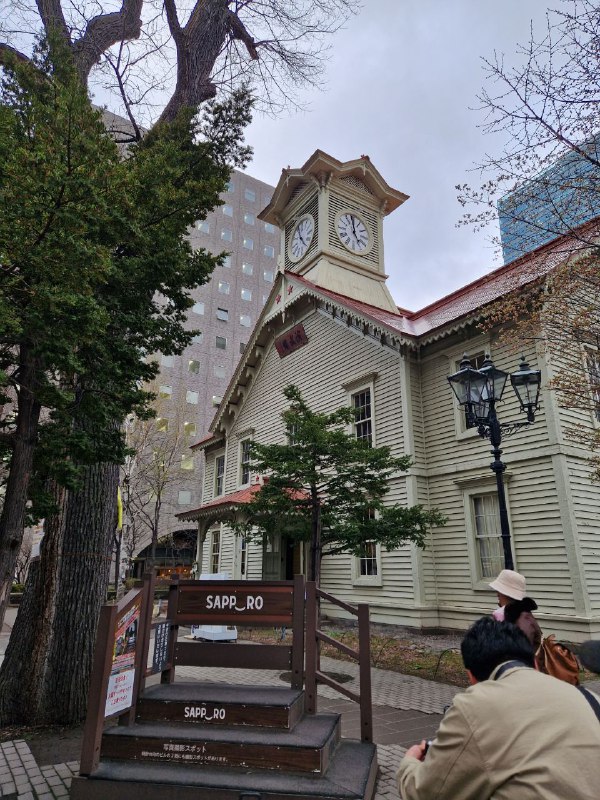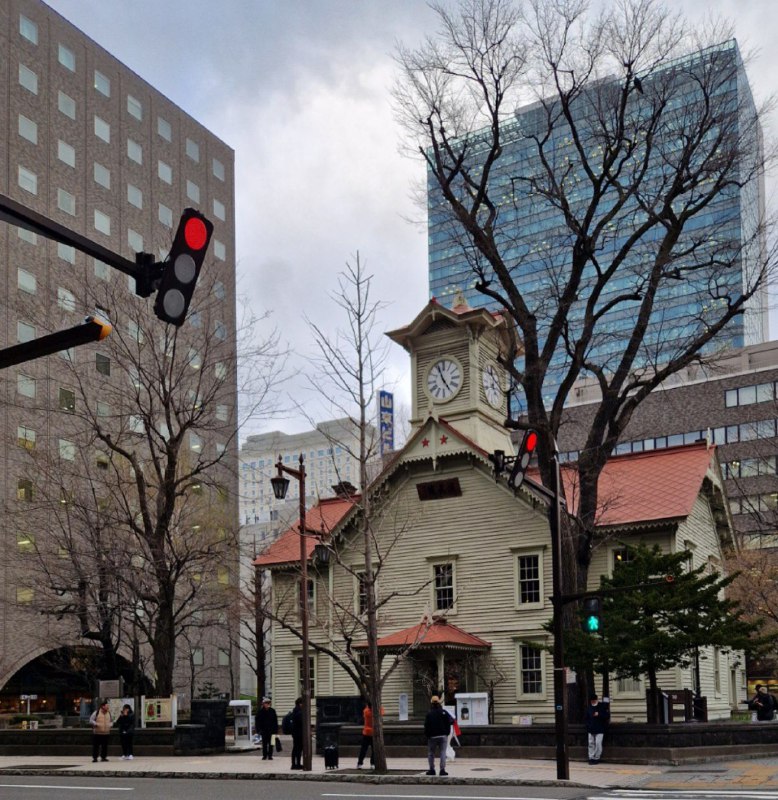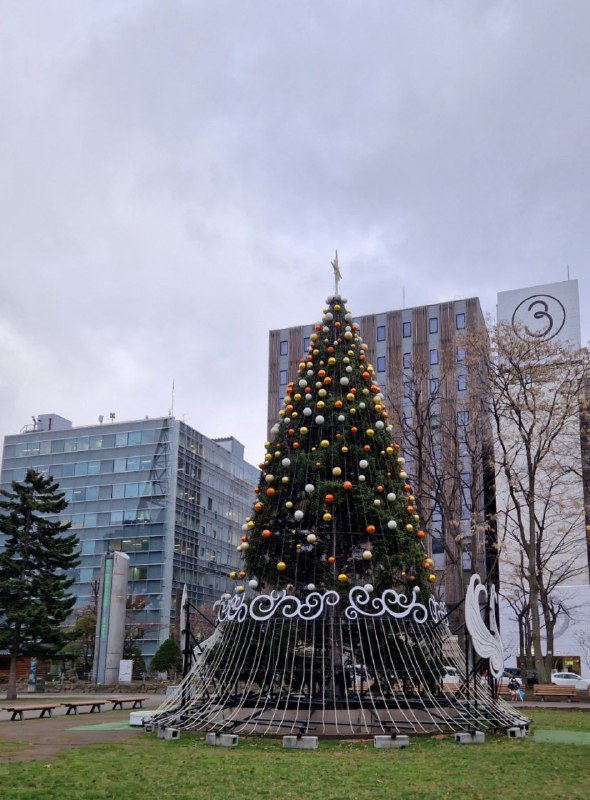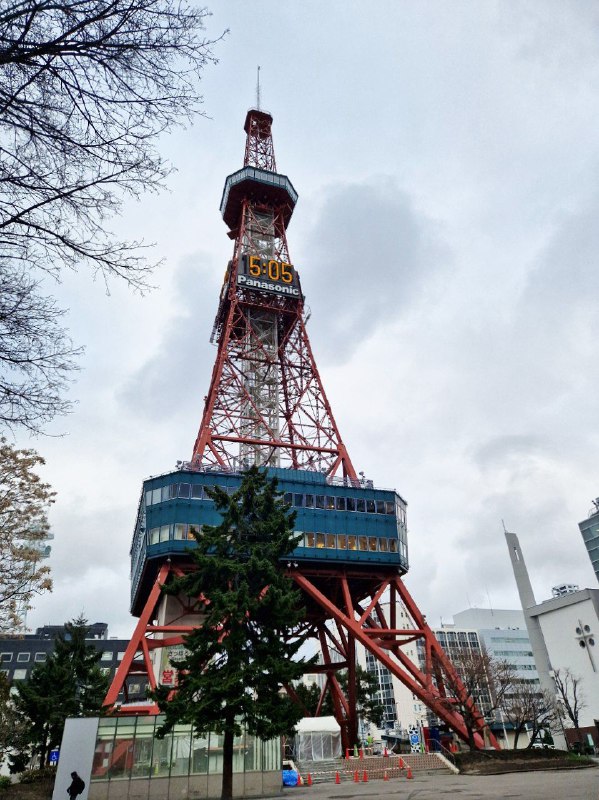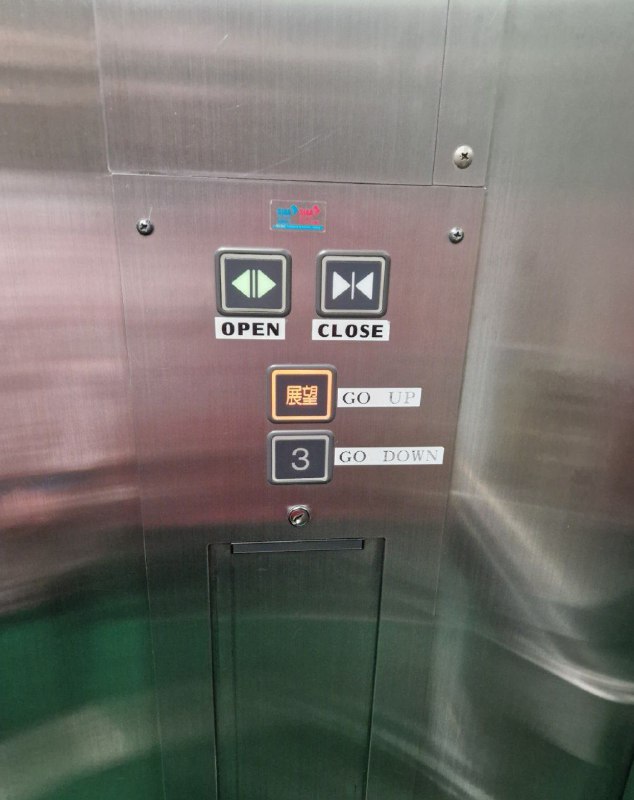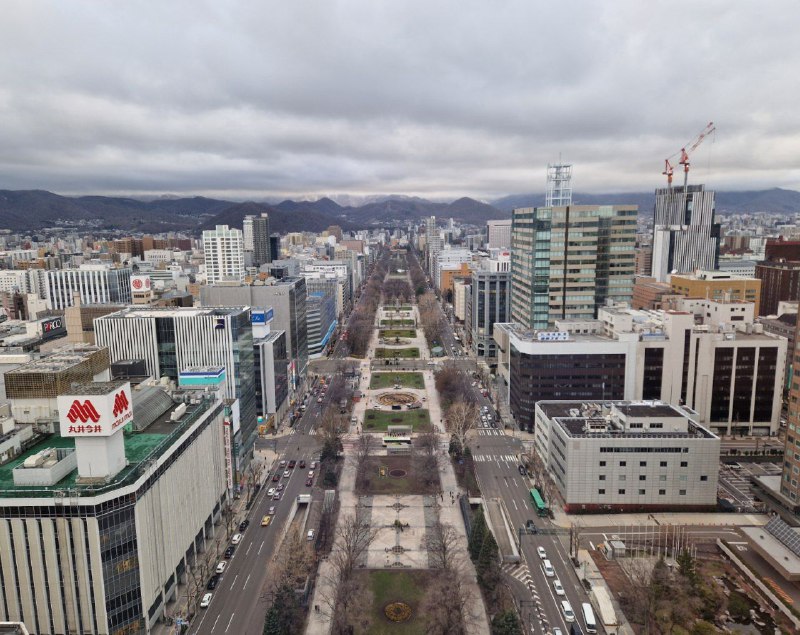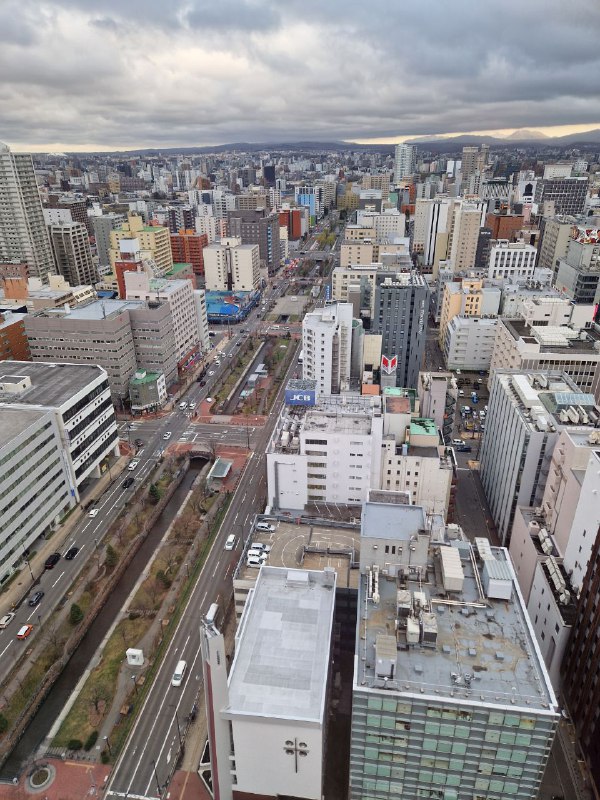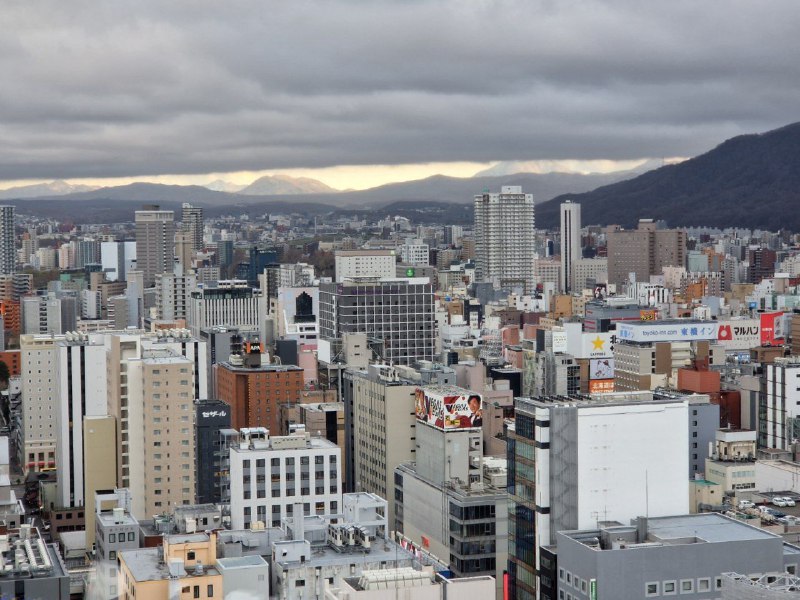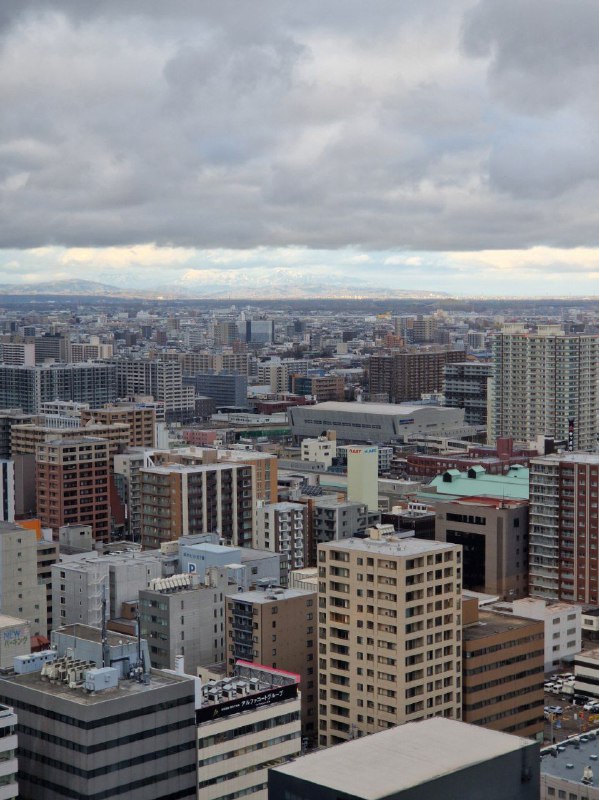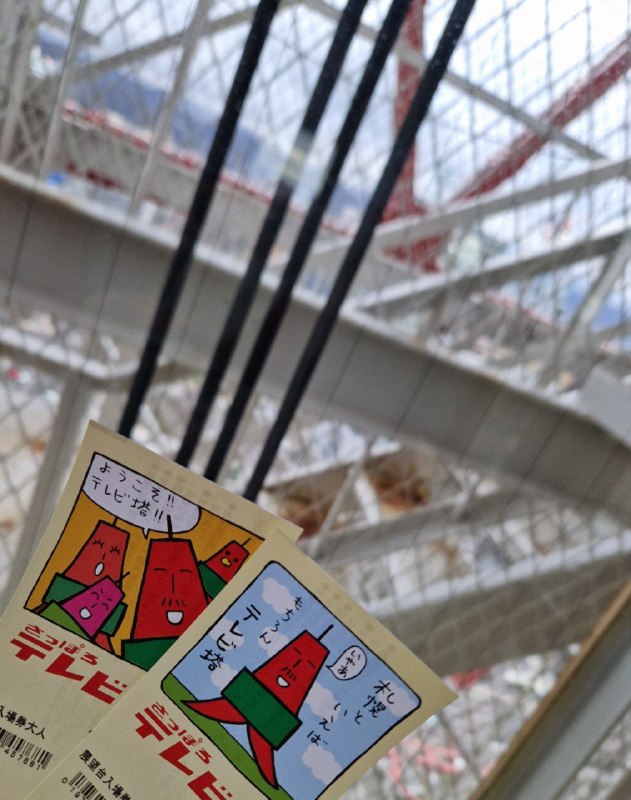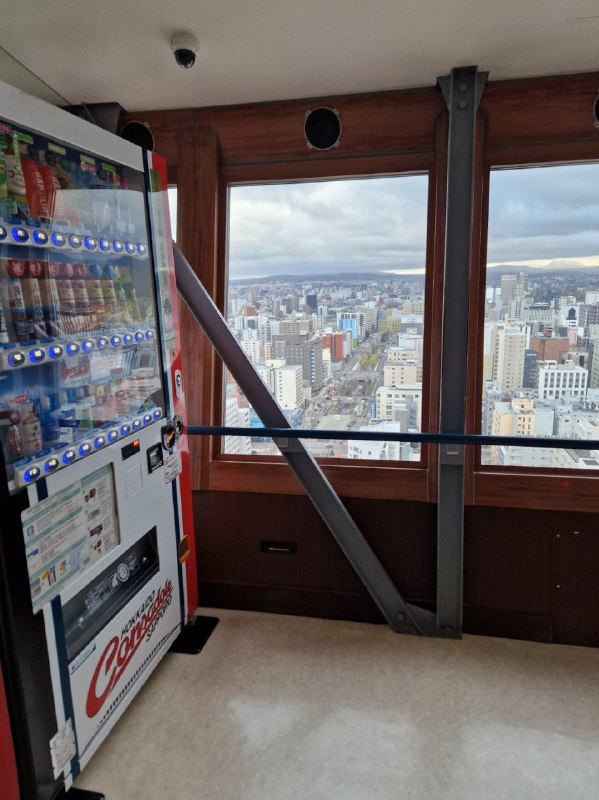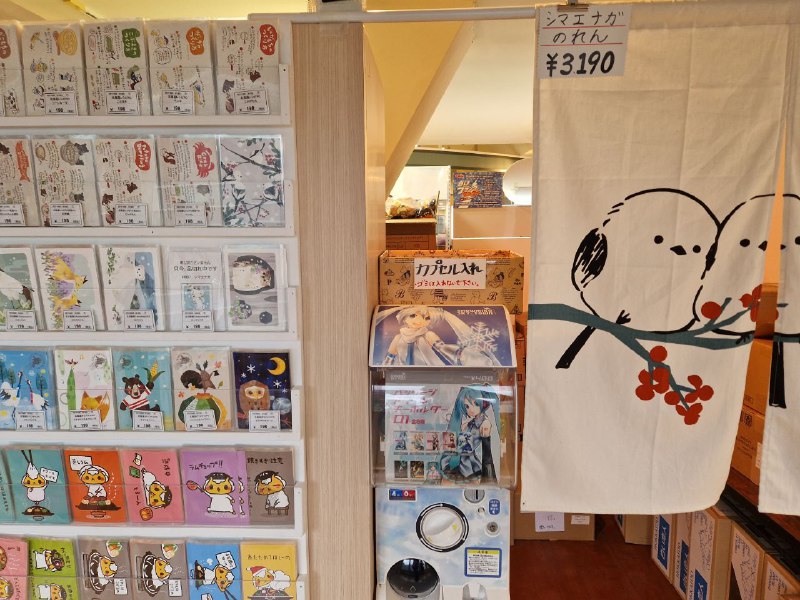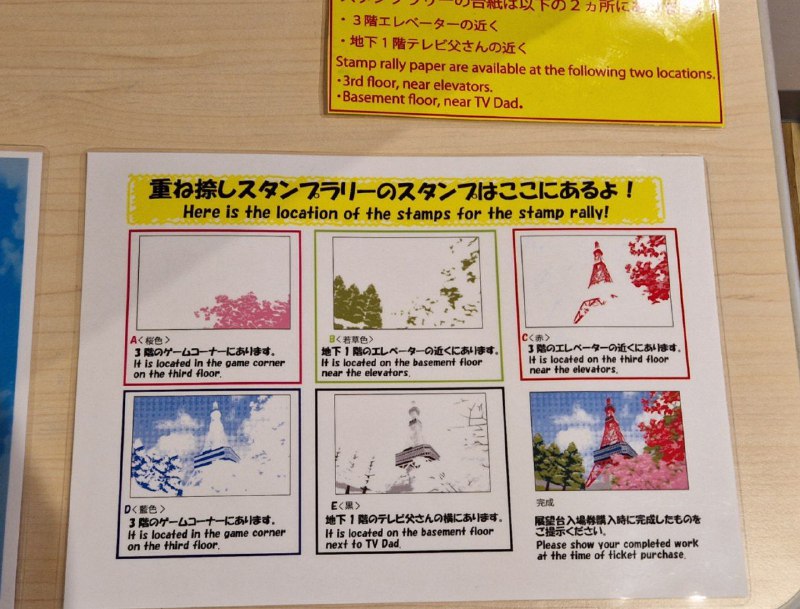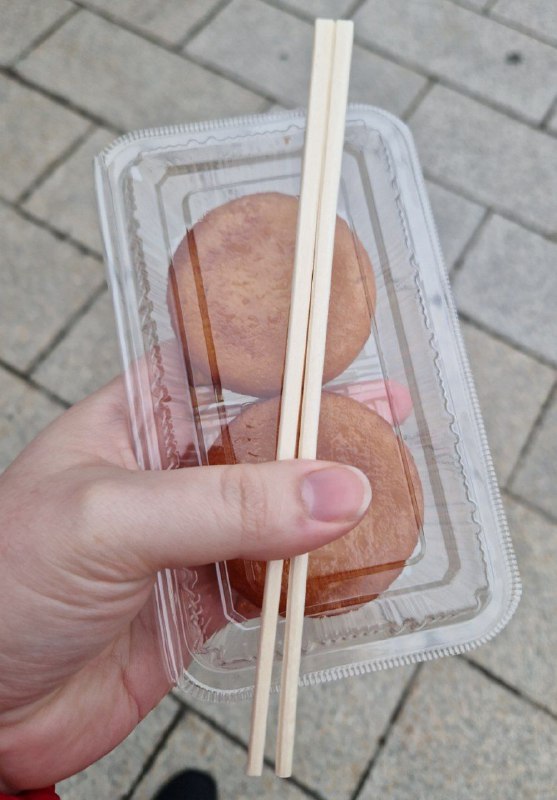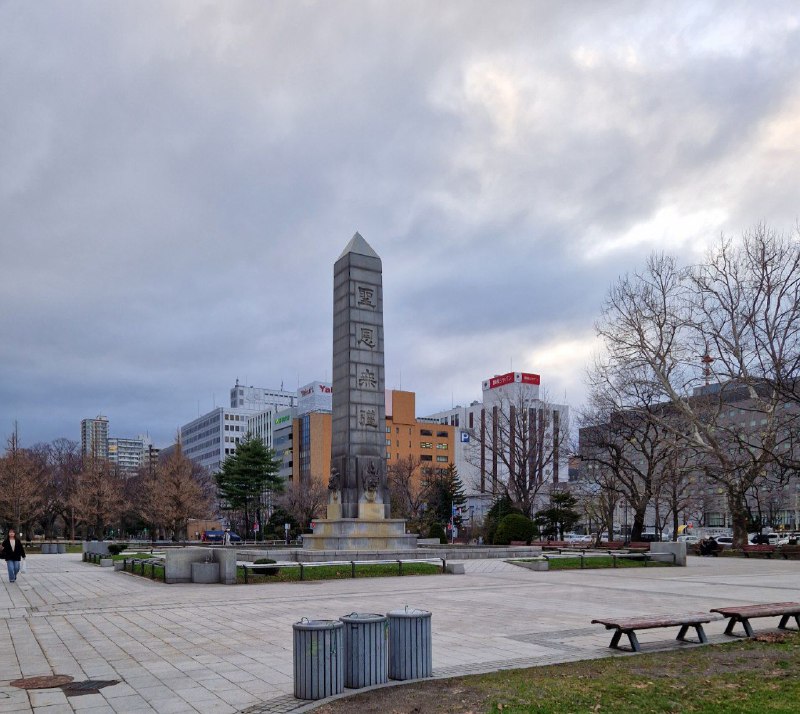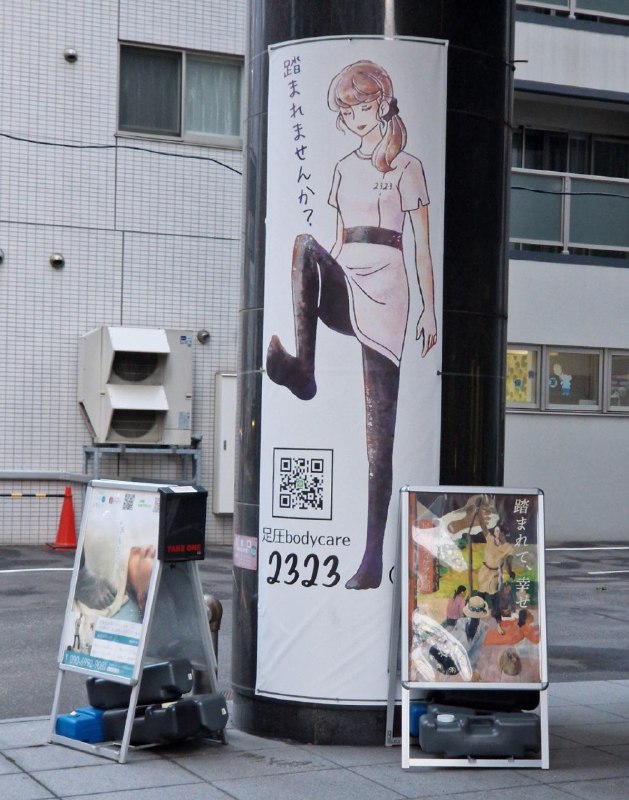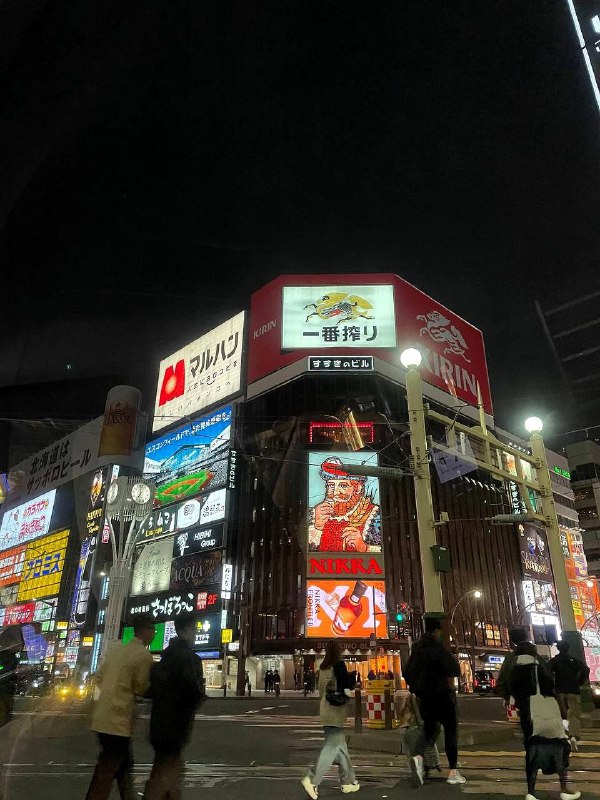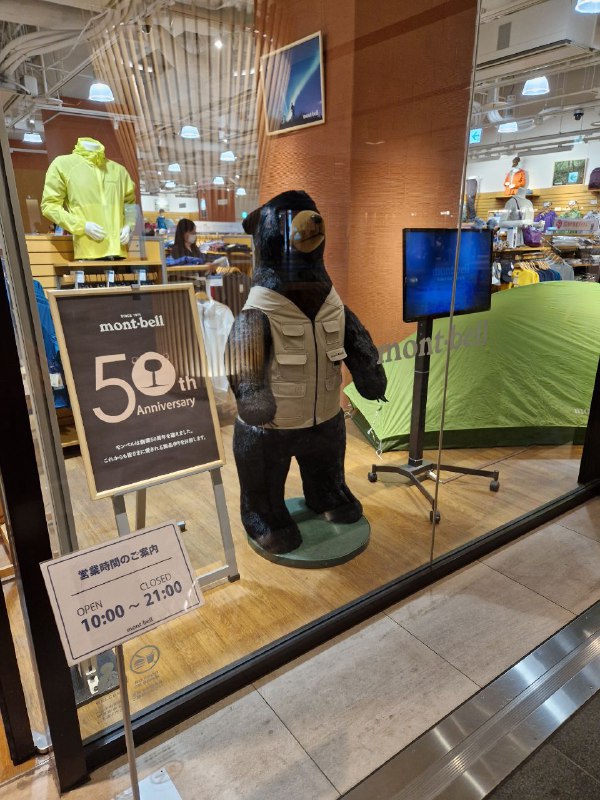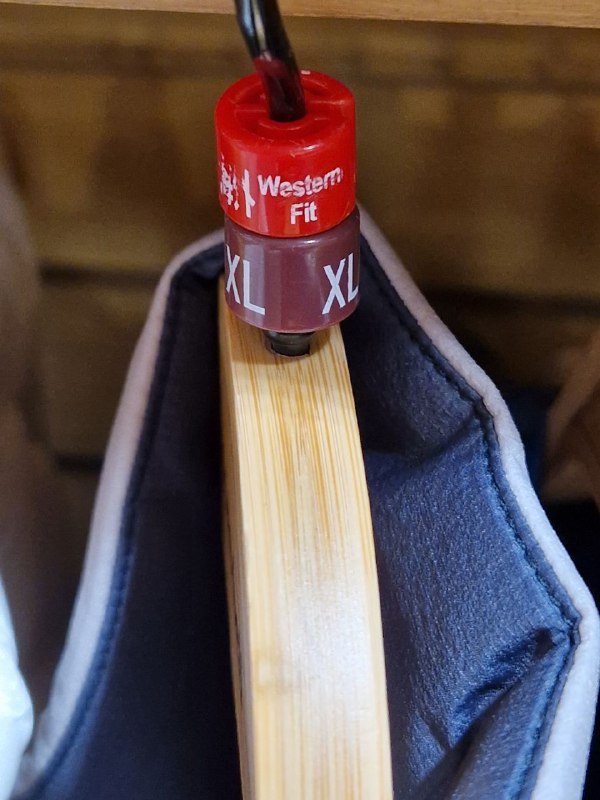We are going to see some of Japan, starting
from Sapporo in the North and ending in Kagoshima prefecture far, far
south. Of course, Japan is huge, and our short stay will only allow us
to experience a tiny fraction of what this country has to offer. Even
so, we are going to share some of the most memorable moments of the trip
with you, almost live!
Incidentally, this trip is possible because
Japan has a great railroad network of high-speed bullet trains called
新幹線 (shinkansen, New Main Line). As foreigners, we have a (very
expensive) benefit of getting a rail road pass that allows us to take
almost any train for free.
The name of the Telegram channel where these notes were posted originaly is appropriated from a currently airing show "ざつ旅: That's journey" about domestic tourism in
Japan, by the way 😂
Time for our flight! Hopefully all goes well, and some 16 hours later we'll find ourselves in Japan 🗾 🗻 🍡
Stopover in Shanghai after almost 12 hours in the plane. Airport is very cloudy outside, reminds me of Frankfurt a lil
New terminal is very eerie, it’s 7am here and everyone and everything is sleepy as we are.
Today's sponsor of "Welcome to Hokkaido" is an agricultural university that also makes biscuits, or something?
Visiting Japan as a British tourist is super
easy; just come and enjoy your stay for up to 90 days, and prolong by
another 90 days if you want. You should fill out an immigration form
online, but you don't have to.
And so, we're in Japan, as of today! We landed safely in the airport of Sapporo (CTS), Hokkaido's main city.
And so, we're in Japan, as of today! We landed safely in the airport of Sapporo (CTS), Hokkaido's main city.
This whole trip was planned a bit haphazardly,
but with an understanding that it might be a one-in-a-lifetime event. So
we wanted to see all the friends and all the places that are important
to us (missing out on all the beauty most of the rural Japan can offer).
Can't be helped, we only have three weeks or so.
We were supposed to start this trip a few days ago, but we had to reschedule our flight due to an illness (hooray flexible tickets). The only thing that we absolutely had to reschedule was the first leg of the journey - our stay in Sapporo was supposed to be four nights, but it's just one afternoon now.
Luckily, you can see a lot of Sapporo in just one afternoon, despite the size of the city (2 million population, fifth in Japan).
We were supposed to start this trip a few days ago, but we had to reschedule our flight due to an illness (hooray flexible tickets). The only thing that we absolutely had to reschedule was the first leg of the journey - our stay in Sapporo was supposed to be four nights, but it's just one afternoon now.
Luckily, you can see a lot of Sapporo in just one afternoon, despite the size of the city (2 million population, fifth in Japan).
Let's start with the Sapporo's airport, Chitose. It has a massive Smile Road with Doraemon, Hello Kitty and stuffed toys.
New Gundam Base is now open in the airport, too! Haven't had time to check, unfortunately.
As mentioned before, we're using a rail pass to
move around the country. It costs 100,000 yen per person for 21 days,
and allows free travel on most trains. The rail pass is a flimsy paper
ticket, I'm worried whether it will survive all the trips!
Japan is overflowing with cuteness. Mascots and
plushies are literally everywhere. This is a Hokkaido mascot, on
display/sale in the tourist information office (you can get a good SIM
card deal here!)
Sapporo is full of statues of humans, in various motifs. Why? No idea
The streets nearby the city center are a bit
lifeless. Somewhat surprisingly, there are (almost) no rubbish bins:
bring your own rubbish home!
The reason the streets are empty around the
train station is that there's a whole underground street right below!
Full of pop-up shops, cafeterias, etc etc. This is where all the people
are
One of the cute pop up shops of the underground street
There's Design, and everything feels quite... New
In fact, if you walk around and search for all
the historical spots, the oldest buildings you'll find will look quite a
lot like this Old Governmental Building. There is a sad reason for that
Japan, as a nation, is very old. However,
modern Japanese people, Yamato people, are descendants of the people who
migrated to the island relatively recently, only a couple thousand
years ago. The native peoples were migrating further North and North;
the modern Hokkaido was the land of people called Ainu, original
inhabitants of the lands. They lived on Hokkaido as an nation under the
Chinese patronage until mid 19th century. Then Japanese introduced
smallpox to them, made Ainu do forced labour, and shortly after decided
to colonize the island. The Ainu were forced to integrate into the
occupants' culture; Chinese didn't care for some hunter gatherers. Japan
went as far as confirm with Russia that they don't really need the
island, back in 1875. This is when the island population started to
rapidly grow and industrialise.
Hence the Clock Tower, one of the most famous
buildings of the city. Built in 1878 in the Western style, it is a sign
of the new era: Meiji era. Sapporo was designed as a Western-looking
city with a grid
The clock is still ticking, making it the oldest working clock tower in Japan, but it really is tiny by modern standards
The central square still has a decorated Christmas tree. After all, why not, why can't we have a decorated tree
The most noticeable Sapporo's landmark is,
however, Sapporo's TV tower, located at the Oodori park ("Big road
park"). It is connected to the underground streets, it is 144 meters
tall (used to be the tallest TV tower in Japan briefly, or something
along the lines), AND it has a viewing platform
The lift REALLY can "Go up"
Oodori park as seen from the platform
Rivers are cleverly hidden in the city scape
Sapporo is really, really big, but the mountains around it are even more massive.
So many tall buildings, everywhere
The unofficial mascot of the tower is an old dude, "TV Dad", because "tou" (tower) sounds similar to "otou" (dad)
One thing that all countries should import from
Japan is the vending machine culture. Machines with drinks are
literally everywhere. Here is one 90m above the ground floor, in case
you want a cold drink while looking at the city from the tower
The souvenir shop at the tower is full of cute stuff, including Snow Miku gatcha.
For those who missed all the fun:
Gatcha is a game where you put a coin in, turn the knob (it makes the sound "gacha gacha"), and you get a random toy. Collect all the toys!
Snow Miku is a Hokkaido winter festival about Hatsune Miku.
Hatsune Miku is a legendary vocaloid, a computer program that can sing, and a carton mascot character associated with the program's voice
For those who missed all the fun:
Gatcha is a game where you put a coin in, turn the knob (it makes the sound "gacha gacha"), and you get a random toy. Collect all the toys!
Snow Miku is a Hokkaido winter festival about Hatsune Miku.
Hatsune Miku is a legendary vocaloid, a computer program that can sing, and a carton mascot character associated with the program's voice
Another cultural thing worth importing from
Japan is its culture of stamp rallies. Everything, from train stations
and service stations to temples and museums, has at least one stamp
that can be contributed to a "collect them all" game, fun for children
and adults alike. The stamp rally at the TV tower is particularly
clever: stamps are supposed to be applied one on top of the other, and
will result in a colourful postcard
It was unexpectedly cold today (+11, and the real feel ™
was just +3C), so we got a local delicacy from a street kiosk. Our
first local delicacy! Imomochi, "potato mochi", is a gentle potato
croquette, except it uses mochi instead of crumbles, and is covered with
a light sweet sauce. Cooked right on the spot. Really tasty! ¥400 for
two seems almost justified, and high school girls on an after-school
date sitting next to the kiosk seem to agree.
Oodori park is a bit grumpy this time of year.
Lilac is about to bloom; sakura is not expected to blooming until the
25th of April. Hokkaido is far colder than the mainland, where sakura
blossoms began a month ago or even earlier.
Unexpected sight, rubbish bins. There are two types of rubbish bins: the one for the rubbish that can't normally burn (glass, metal), and the one that can (everything else).
Unexpected sight, rubbish bins. There are two types of rubbish bins: the one for the rubbish that can't normally burn (glass, metal), and the one that can (everything else).
Japanese culture has truly different concept of
sexuality and the boundaries of acceptable. Here is a manga drawing of a
lady in a white dress and black tights, asking "Do you want to be
stepped on?"
No need to be bashful. The sign on the right explains: "being stepped on is bliss".
No need to be bashful. The sign on the right explains: "being stepped on is bliss".
The final area for today was Susukino.
Originally a legal red lights district, founded shortly after the city
itself, it became a centre of the night life and continued to be a red
lights district even after it became illegal in the 1920s.
There are, of course, far more things that can
be said about Sapporo and Hokkaido. There are lots of places we simply
cannot visit due to our packed schedule. Beer lovers are surely going to
be mad at us: Sapporo is a world famous beer Mecca. Alas, we're not
into that.
And if we were, we would still visit during the winter, to enjoy the Snow Festival.
And if we were, we would still visit during the winter, to enjoy the Snow Festival.
Random note:
All yuru campers, hello~
All yuru campers, hello~
"Western fit" means XL is actually somewhat large
See you tomorrow~ We planned a konbini food
review but accidentally ate it before taking any photos, so that would
have to wait until some other day.
